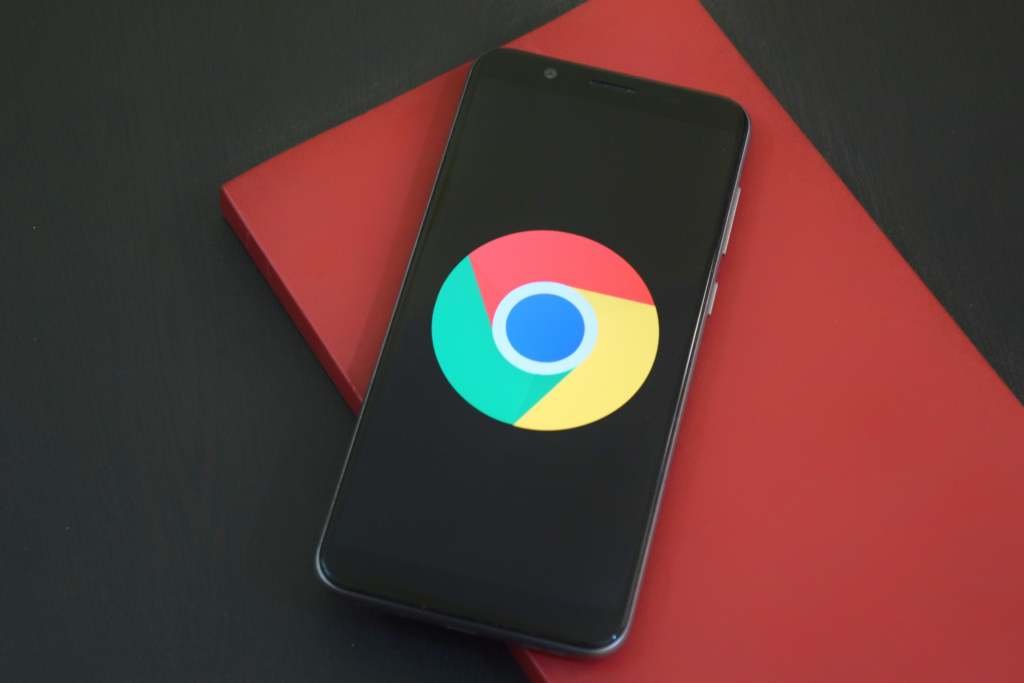15
First-Gen Chromecast. 6 Shocking Reasons Why Google Ends Support: Google has officially announced the discontinuation of support for the original First-Gen Chromecast. However, it is not uncommon for technology companies to eventually phase out support for older hardware devices as they introduce newer models and technologies.
First-Gen Chromecast. 6 Shocking Reasons Why Google Ends Support.
- Technological advancements: Over time, newer models of Chromecast or other streaming devices may offer improved hardware capabilities, software features, and better overall user experiences. As a result, Google may decide to focus its resources on supporting and enhancing newer Chromecast models.
- Software updates and compatibility: As technology evolves, software and app developers may prioritize compatibility and optimization for newer devices. Eventually, the original First-Gen Chromecast may not be able to receive the latest software updates or support newer features introduced by apps or services.
- Product lifecycle: All hardware devices have a lifecycle, and as new products are introduced, manufacturers often discontinue support for older models. This allows companies like Google to focus on newer devices and allocate resources more efficiently.
- Business decisions: Ending support for First-Gen Chromecast which is an older hardware can be driven by business considerations, such as encouraging users to upgrade to newer models or consolidating support efforts to streamline operations and reduce costs.
It’s worth noting that the information above is based on general industry trends and reasoning. Google’s specific decisions regarding product support and discontinuation may vary, however, the official announcement is here and Google has indeed ended its support for the First-Gen Chromecast. Users will have to upgrade to other media streaming devices.
Other streaming devices Other than Chromecast
There are several other popular streaming devices available other than First-Gen Chromecast. Here are some notable examples:
- Amazon Fire TV Stick: The Amazon Fire TV Stick is a streaming device by Amazon that connects to your TV’s HDMI port. It offers access to various streaming services, such as Amazon Prime Video, Netflix, Hulu, and more. The Fire TV Stick comes with a remote control and supports Alexa voice commands.
- Roku Streaming Stick: The Roku Streaming Stick is a compact streaming device that connects to your TV and provides access to a wide range of streaming apps and channels. It offers a user-friendly interface, a remote control, and supports 4K streaming on certain models.
- Apple TV: Apple TV is a streaming device developed by Apple. It allows you to access a variety of streaming apps, including Apple TV+, iTunes, and popular streaming platforms. Apple TV integrates with other Apple devices and supports features like AirPlay for wireless streaming.
- NVIDIA Shield TV: The NVIDIA Shield TV is an Android TV-based streaming device that offers 4K HDR streaming, gaming capabilities, and access to various apps and services. It comes with a powerful processor, a remote control, and supports Google Cast for casting content from compatible devices.
- Mi Box: The Mi Box is a streaming device developed by Xiaomi. It runs on the Android TV platform and provides access to popular streaming apps, supports 4K streaming, and includes a remote control. It also supports Google Cast for casting content from compatible devices.
- Samsung Smart TV: Samsung Smart TVs come with built-in streaming capabilities, allowing you to access a variety of streaming apps and services directly on the TV. They offer a user-friendly interface and often include features like voice control and smart home integration.
These are just a few examples of streaming devices available on the market. Each device offers different features, capabilities, and compatibility, so it’s important to consider your specific needs and preferences when choosing the one that best suits you.
How to Upgrade from First-Gen Chromecast to Another Streaming Device
To upgrade from First-Gen Chromecast to another streaming device, follow these general steps:
- Research and choose a new streaming device: Look into different streaming devices available on the market, considering factors such as features, supported apps, resolution support (such as 4K or HDR), user interface, and pricing. Read reviews and compare options to find the device that best fits your needs.
- Purchase the new streaming device: Once you have decided on the streaming device you want to upgrade to, purchase it from an authorized retailer, online marketplace, or directly from the manufacturer’s website.
- Unbox and set up the new streaming device: a. Connect the streaming device to an available HDMI port on your TV. b. Plug the power adapter into the streaming device and connect it to a power source. c. Use the included remote control or follow the on-screen instructions to complete the initial setup process for the new streaming device. This typically involves connecting to your Wi-Fi network and signing in with your accounts.
- Install and configure apps and services: Once the setup is complete, install the streaming apps and services you regularly use onto the new streaming device. This may involve visiting the app store associated with the streaming device, signing in with your accounts, and customizing the settings according to your preferences.
- Test and enjoy streaming: Launch the desired streaming app on the new device and start casting or streaming content to your TV. Ensure that the streaming device and your TV are set to the correct input source, and use the remote control or accompanying mobile app to navigate and control the content playback.
- Disconnect and decommission the Chromecast: Once you have confirmed that the new streaming device is functioning properly, you can disconnect and decommission the Chromecast. You may choose to keep it as a backup or reset it to factory settings before passing it on or disposing of it.
Remember to consult the specific instructions provided by the manufacturer of the new streaming device you are using. The setup process and steps may vary depending on the make and model.
